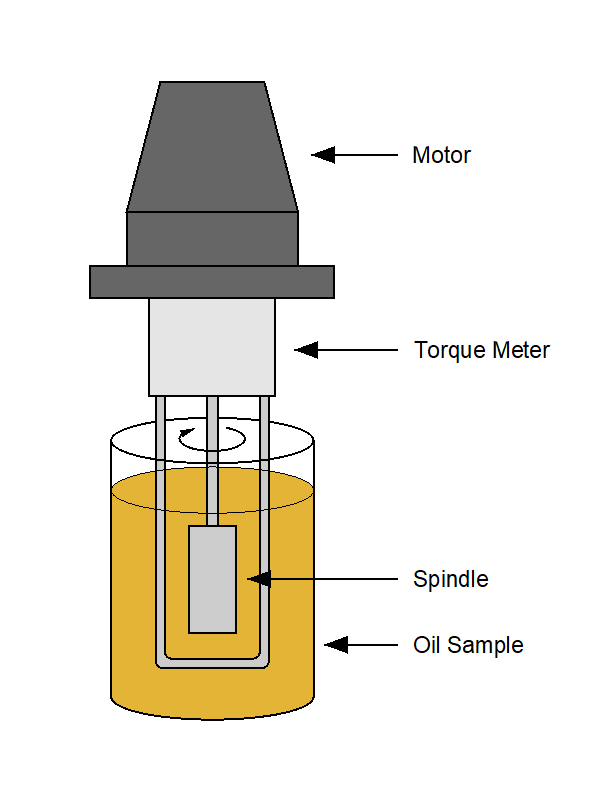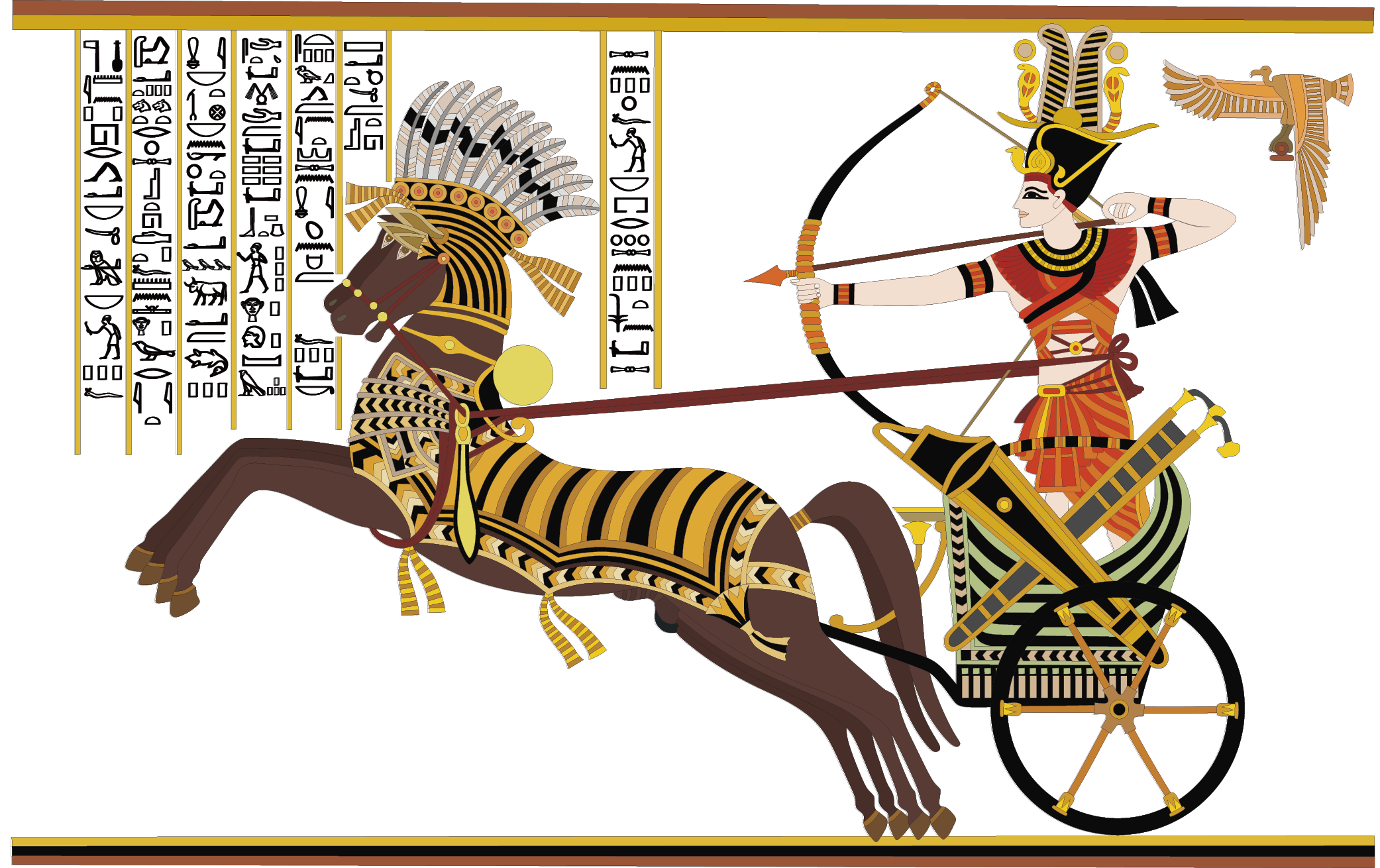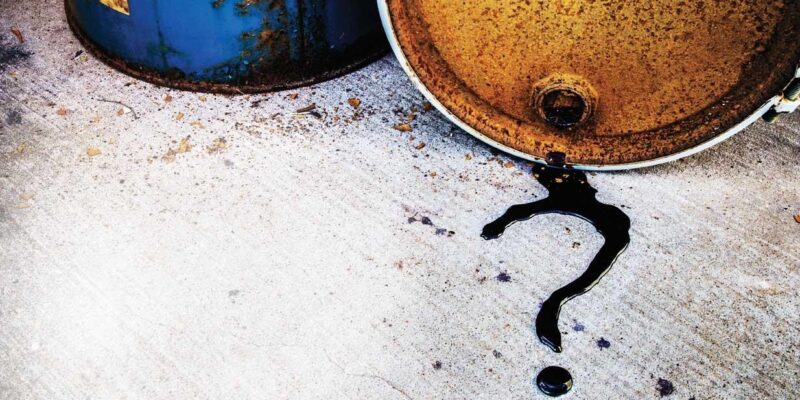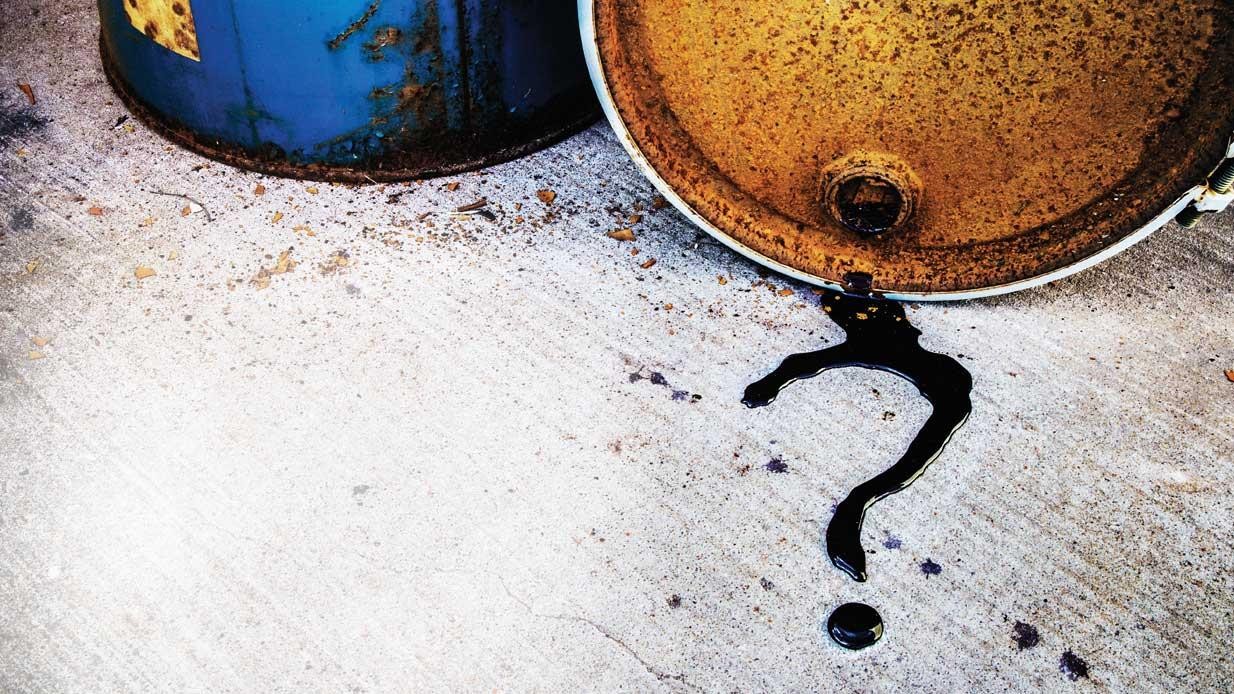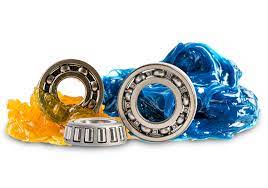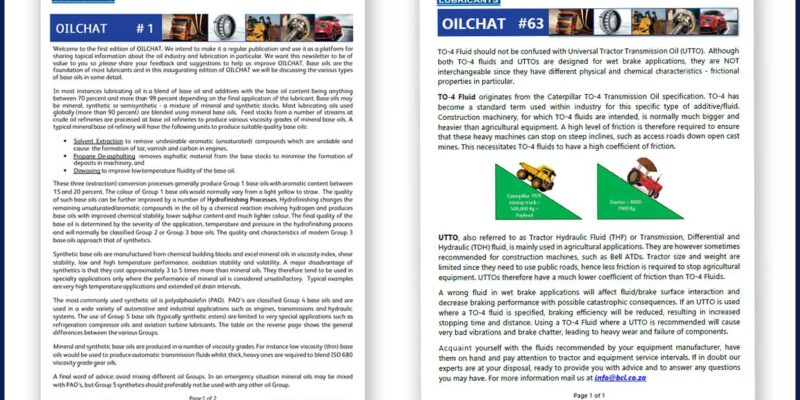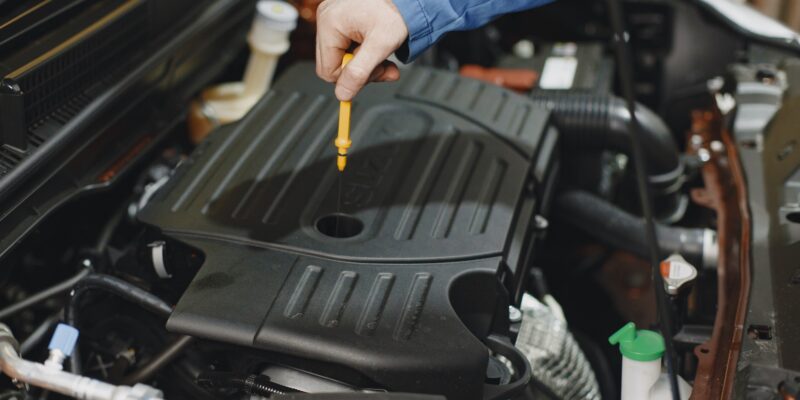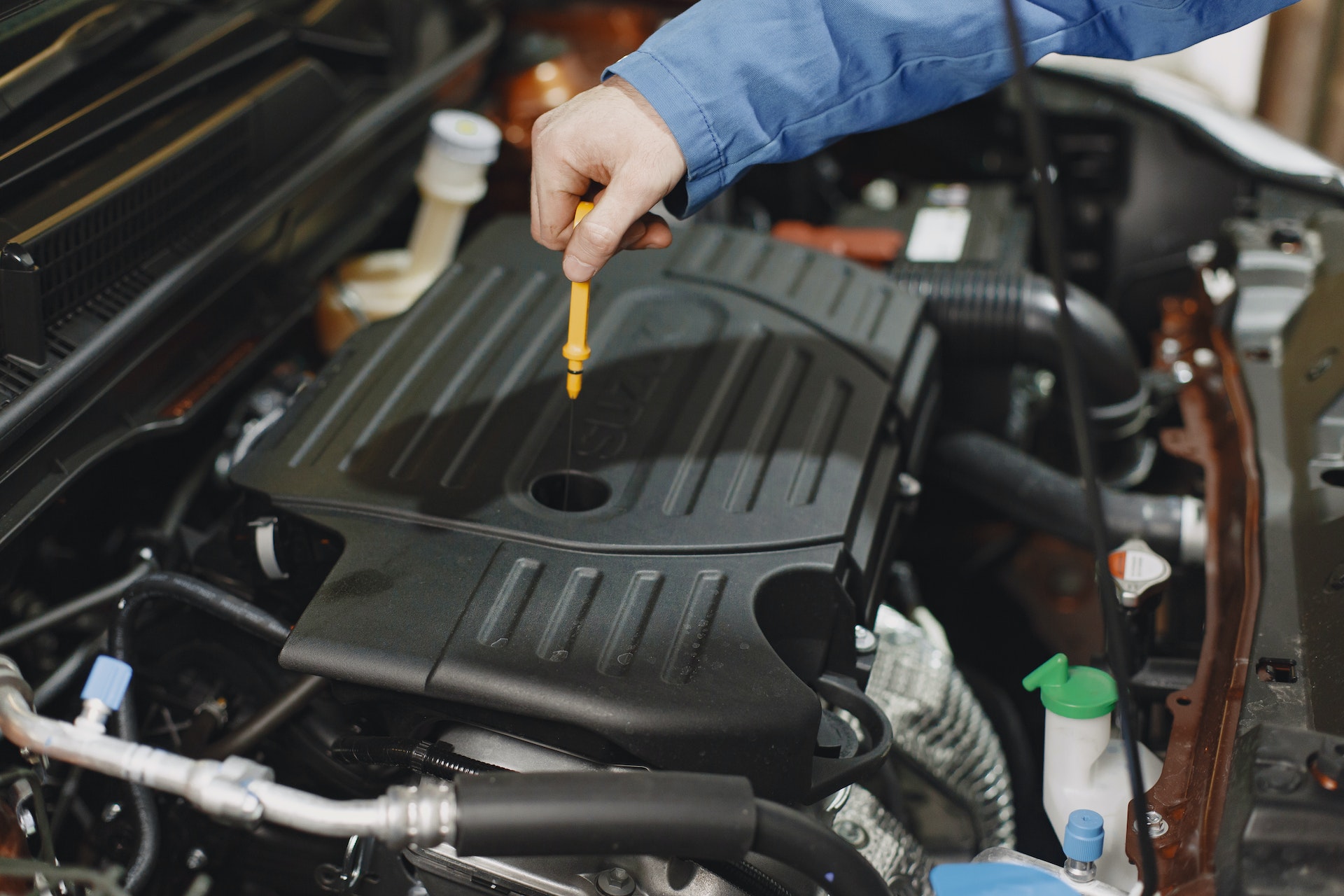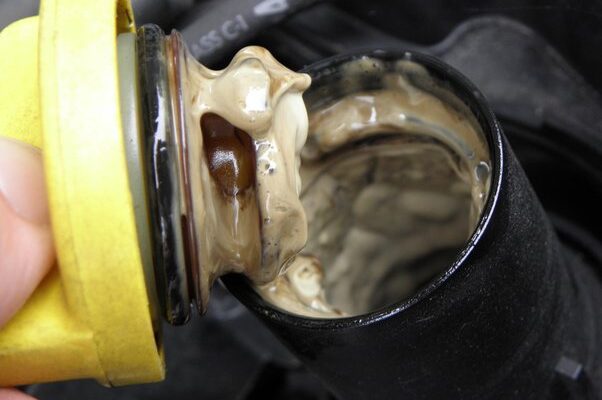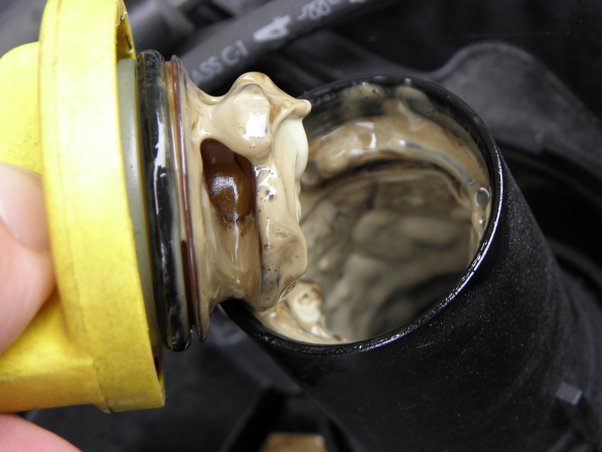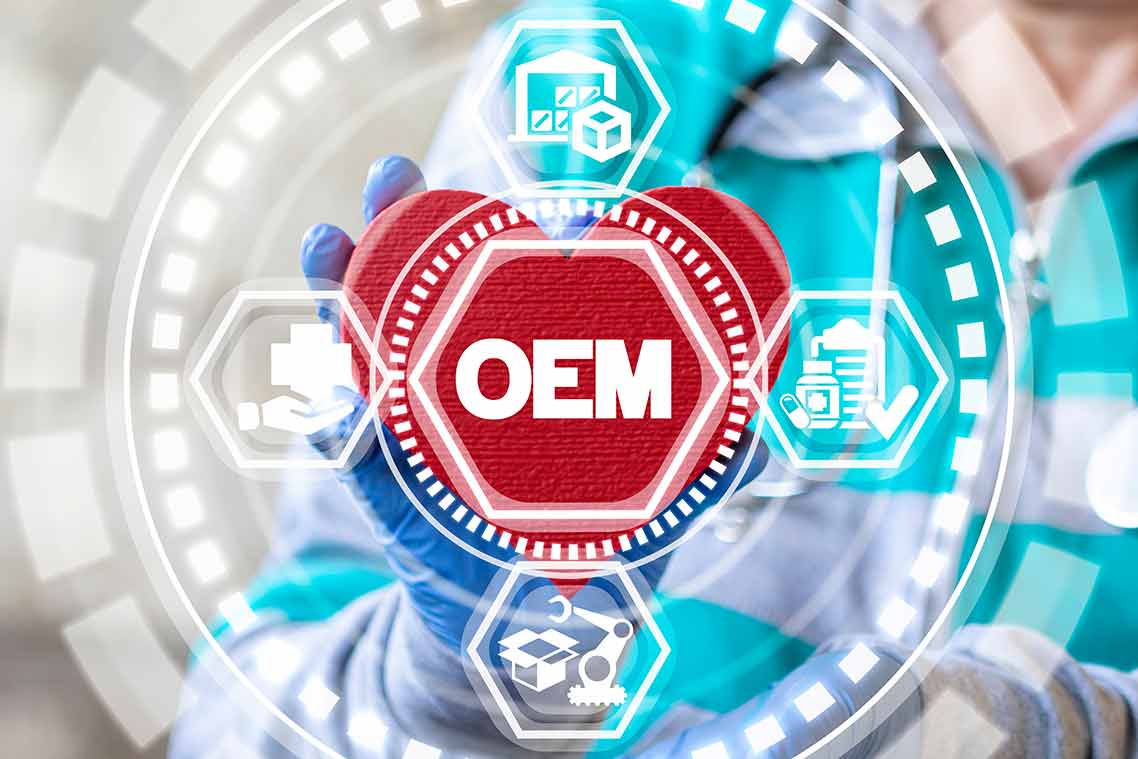
Common belief is that to follow the lubricant recommendation of the Original Equipment Manufacturer (OEM) when servicing machinery in an industrial plant is the safest and most effective route. This opinion originates from trust in the OEM’s knowledge of their machine. In this three-part series of our newsletter we debate whether it is universally applicable – especially in large industrial plants. To answer this question, we will delve into two critical areas. In this issue of OilChat we will examine the underlying objectives and considerations behind the OEM’s recommendations.
OEM lubricant recommendations are based on several considerations, including the following key areas:
Machine Design and Operating Requirements: OEMs select a lubricant to match the machine design needs and test the lubricant under specific conditions with focus on reliability and durability. Operating conditions will include factors like temperature, load conditions, speed and environmental factors such as dust and moisture.
Industry Standards and Certifications: Lubricants must often meet certain industry standards or certifications and may require extensive lab testing and validations for performance in specific equipment categories.
Warranty Liability Concerns and Other Commercial Factors: Recommended lubricants are often a stipulation for maintaining a warranty. This requirement stems from the OEM’s confidence in specific lubricants. OEMs frequently sell these lubricants directly, sometimes under their own brand.
Overall Ease of Maintenance and Cost-Efficiency: OEMs consider the balance between the cost of the lubricant and the overall cost of operation and maintenance. The goal is to recommend a lubricant that provides cost-effective operation over the lifespan of the equipment.
Selecting one lubricant for a specific machine is easy. For smaller plants, the lubricant is a minor cost. The answer is therefore normally to simply use the OEM-recommended lubricant. For larger plants, lubricants are a much more substantial expenditure and one bad choice could cost the organization significantly in repair and downtime. It is, therefore, often the same answer – the OEM recommendation.
This approach may be adequate at first. However, several shortcomings require a more strategic approach, particularly when considering the specific environment and operating conditions of the plant, as well as the typical challenges of managing maintenance across dozens of machines. In this case the “safe choice” may have far-reaching implications that influence lubricant selections.
In the next issue of OilChat we will focus on the lubrication requirements of the environmental and operating conditions of the plant. If you have any questions concerning lubricant consolidation in the interim, simply mail us at info@bcl.co.za. Our experts are at your disposal and ready to provide you with advice and guidance.
Reference
Bennet Fitch: Warning! The OEM-Recommended Lubricants Might Not the Best Choice, Machinery Lubrication Magazine: November 2023.


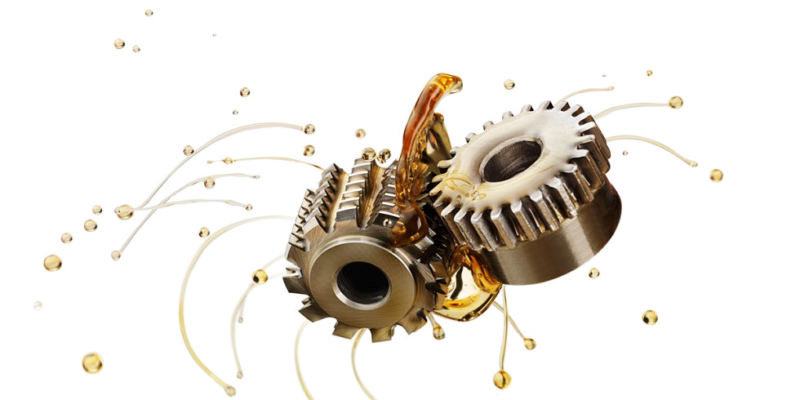
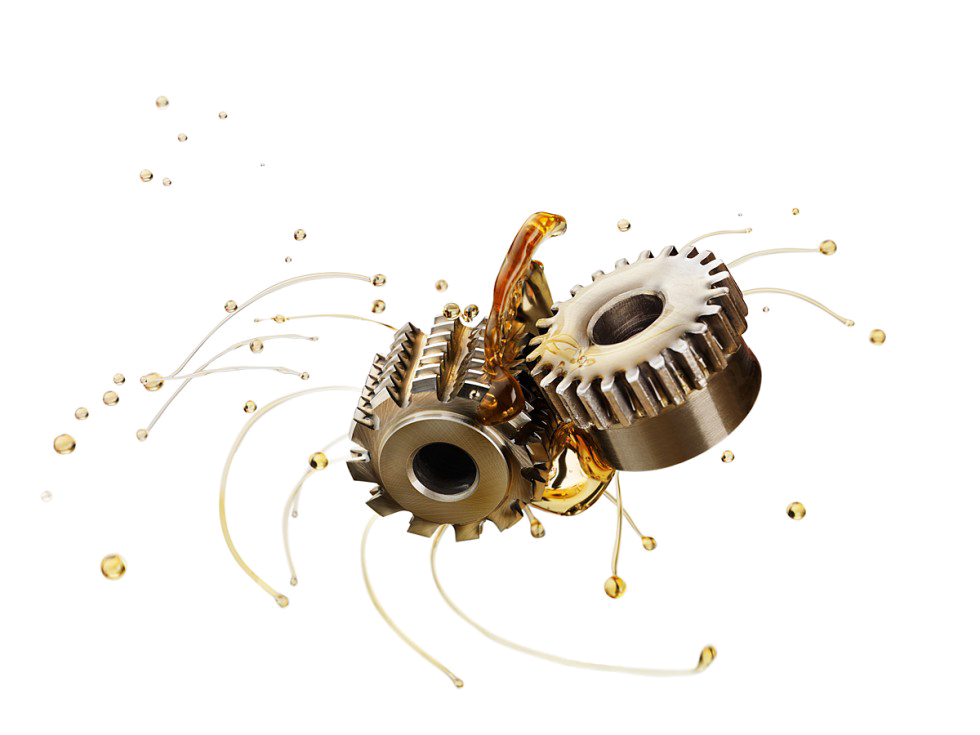




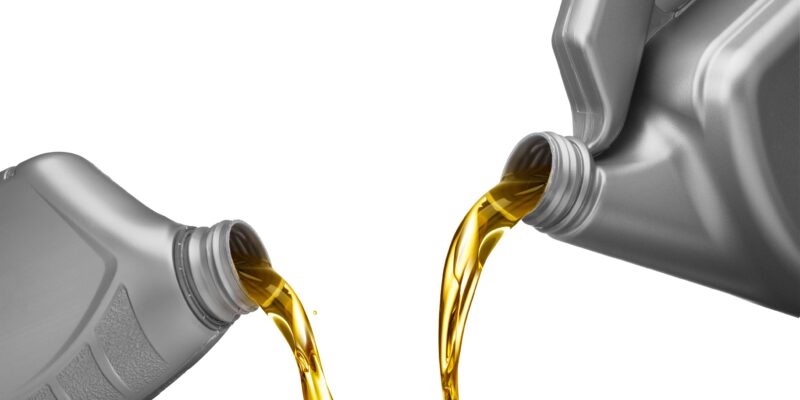
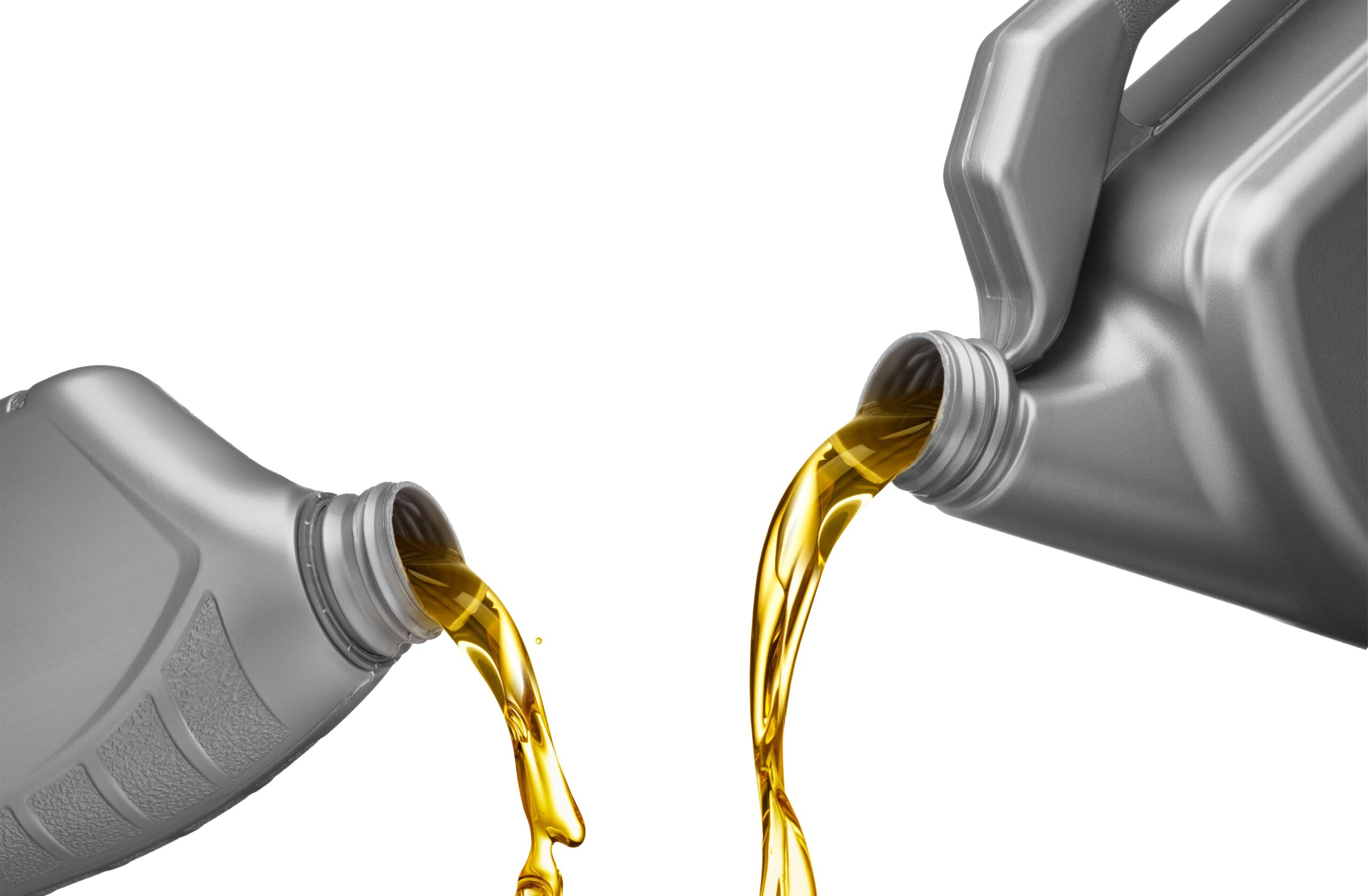
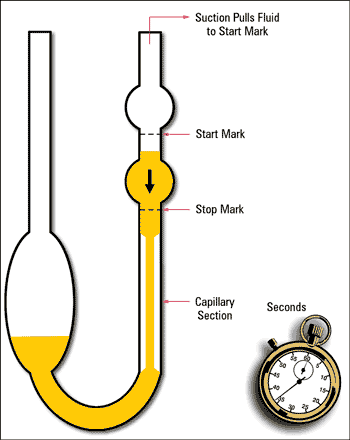 Kinematic Viscosity:
Kinematic Viscosity: